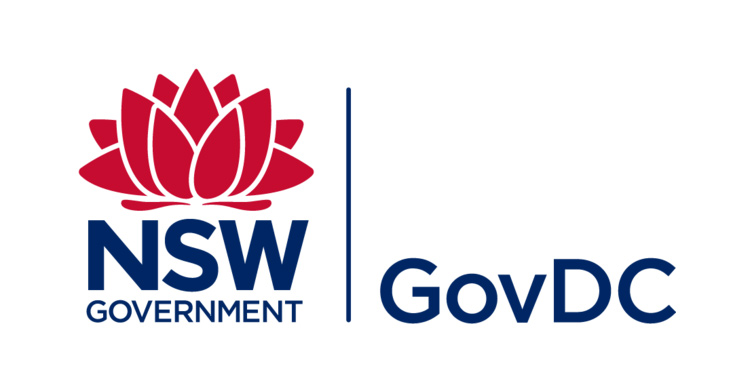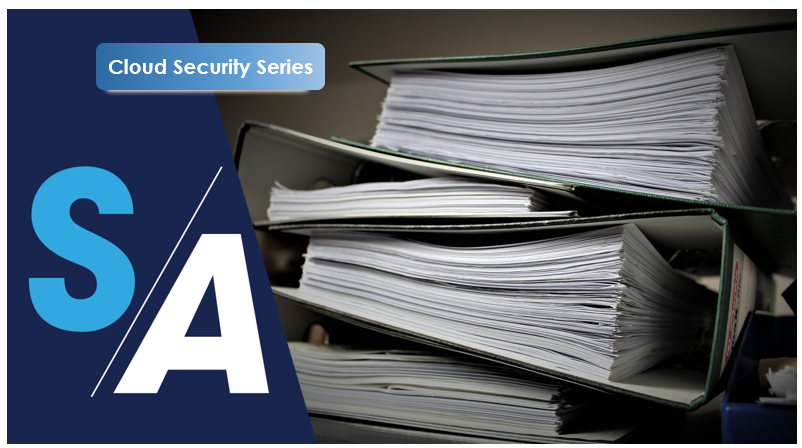The impending changes to GovDC
NSW is an innovator in cloud and public IT storage within the government sector. Until a decade ago or so, each agency owned their own data centre,...
3 min read
Charlie Tannous November 24, 2020

The COVID pandemic is sending shockwaves through the economy, but for most businesses it presents one of the best opportunities to modernise their legacy systems.
By Charlie Tannous, Director of Technology.
Recently, I moderated in a panel of IT leaders discussing the impacts of the pandemic on business transformation. We agreed that resistance to change, lack of new technology, and staff performing repetitive tasks can all hold an organisation back from real change. In 2020, however, we have witnessed, for better or worse, a lot of forced change which can be taken advantage of to modernise quickly.
Without modernising, organisations will struggle to transform; fail to deliver new products and services; and be held back by expensive, and inflexible IT.
Replacing old systems and processes with modern alternatives can be viewed as risky, however the benefits of modernisation far outweigh the risks and it is important for business.
For modernisation to be a business imperative it requires different thinking and different approaches. In the past, modernisation was about “doing some better stuff”, but business leaders need to be leaning more into the opportunities of modernising. Go beyond “yes there’s a business case” to painting a vision of the future that’s compelling.
1. Risk mitigation: In the past, most corporations would either have the CFO or the COO or the CEO closely tied to technology decision making; however, it is okay to override decisions made in the past because technology moves quickly. This approach mitigates the risk of legacy.
2. Ability to fast forward: The business can speed up changes that decision makers were thinking “I’m not quite ready to do this but I’ll get to it when I can”. This includes collaboration and remote working.
3. Highlight gaps: Modernising often highlights gaps, or challenges, that an organisation must prioritise. It can also give more clarity on what priorities are around legacy, security and remote access.
For most organisations modernisation is an enviable goal, but the pandemic has quickly made it more achievable.
What is best practice in identifying and eliminating legacy barriers to modernisation? One of the major ones is culture, and the unwillingness to turn things off. The pandemic has changed this for good.
Take advantage of the shift in cultural mindset: Technology is one thing; company culture is another. The good news is, the IT leaders related how the pandemic response has forced senior management into thinking more about the need for modernisation.
Better external customer service is a big goal of modernisation programs, but there remain the old systems that support it. By driving a cultural change, you can get funding and support to keep those updated and get rid of the legacy behind it.
Businesses are looking for IT leadership to move into a new technology-driven digitised world so don’t be frightened to make decisions that may not work out down the track.
With the mechanics of transformation in place, it is possible we will look back in a few years’ time and say: “COVID-19 was difficult, but we set ourselves up for success technically going forward”.
All organisations should keep focused on their data as they modernise, because technology and architectures will continue to change.
As you transition from infrastructure to a platform, you should be in control of your data and your data sets, because the ability to shift data regardless if it’s hybrid or public cloud is critical to the success of the business.
Cloud is very transformative, but modernisation should not stop there. With most businesses in a dynamic digital environment, even in cloud the ‘legacy’ can be continuing to operate as an individual business.
Think about how to share data between diverse areas and unlock potential. That’s where technology is probably going, depending on the business use.
The concept of modernisation, while important, is not an end in itself and will continue after the pandemic is history.
You can modernise something and it can become outdated again quickly. Organisations might reach an end-point of a cloud migration, but need to spend as much time on processes and ongoing sustainability.
1. Start. There is risk in doing nothing. You can’t avoid risk with change, but without modernising, you will struggle to transform in future and be held back by expensive, and inflexible IT, which also carries risk.
2. Drive cultural change. The pandemic has quickly changed mindsets. Take advantage of the shift to help drive the company culture of senior management into thinking more about the need for modernisation.
3. Go from infrastructure to platform. Modernisation is a journey and a big change will be finding ways to share data between diverse areas and unlock its potential by moving from legacy infrastructure to more dynamic platforms.
Your modernisation program will be a journey, not a destination. Be prepared for a lot of change and aware once you modernise something it can become legacy again quickly.

NSW is an innovator in cloud and public IT storage within the government sector. Until a decade ago or so, each agency owned their own data centre,...

4 learnings from a top Infosec specialist By Secure Agility

How IoT Is Driving Digital Transformation Across Australian Enterprises As businesses across Australia look to innovate and stay competitive, many...